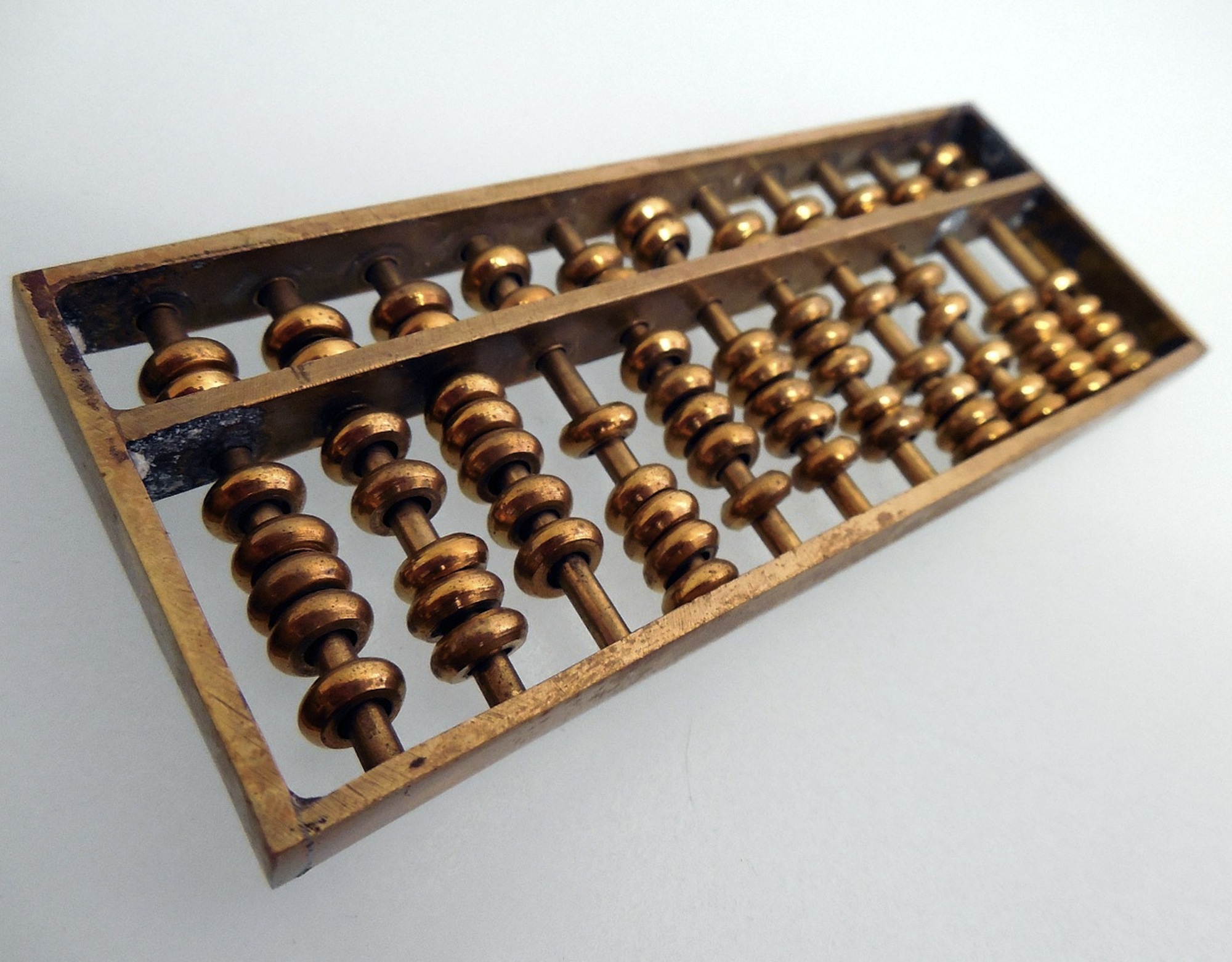

These cards were used in such areas as fairgrounds (to operate the player-pianos and organs) to controlling the textile looms in industrial mills. Punched Cards – this technology was in the form of paper cards that contained digital information by the punched out holes in predetermined patterns on the cards. This led to a faster computer, because computers at the time relied on these switches. The better the tubes became, the faster switches were able to be turned on and off. Common uses were found in early radio and television sets. Vacuum Tubes – used to create switches by manipulating the flow of electrons. The Differential Analyser is considered by many to be ENIAC’s closest relative. The Differential Analyser: At Penn Engineering, the Differential Analyser was in use and operated by secret human “computors,” women during World War II who were employed at The Moore School doing ballistics calculations for the war effort. Mechanical Calculators: Various calculating machines, from desk-top size to hand-held, that allowed users to perform advanced mathematical functions. The Difference Engine: Developed by Charles Babbage, this machine was an automatic calculator used to calculate polynomial functions. The Slide Rule: Ruler-shaped device used to calculate multiplication and division, along with more advanced functions such as logarithms and trigonometry. The Abacus: Decks of beads and rods used to calculate addition, subtraction, division and multiplication, along with being able to extract square and cube roots.

Mechanical Brains – These allowed humans to calculate larger mathematical operations faster than could be done “in the head” alone. Read on to learn about the inventions which contributed to the development of ENIAC and eventually, the computers we use today. The abacus is still in use after 5,000 years, while the slide rule, invented in 1621, was only superseded by the modern computer. The artifacts represent approximately one-tenth of its original size.Ĭomputation devices themselves are as ancient as the human race, and their story has also been rehearsed all the way back to the earliest digital devices – the fingers – by way of piles of stones to “Napier’s Bones,” an analogue device invented by the father of logarithms.

The School of Engineering and Applied Science is proud to have on display four of the original 40 panels of the ENIAC, located on the ground floor of the Moore School Building. And it was here at the University of Pennsylvania that it all began.

From our smartphones, touch screens, and tiny cameras to our automobiles, airplanes and medical equipment and devices, electronics is the engine driving us forward. Today, it is difficult to imagine how we could manage without the myriad electronic devices that we utilize each day. It was constructed and operated here at The Moore School of Electrical Engineering, now part of the School of Engineering and Applied Science. Hailed by The New York Times as “an amazing machine which applies electronic speeds for the first time to mathematical tasks hitherto too difficult and cumbersome for solution,” the ENIAC was a revolutionary piece of machinery in its day. Originally announced on February 14, 1946, the Electronic Numerical Integrator and Computer (ENIAC), was the first general-purpose electronic computer. Celebrating Penn Engineering History: ENIAC


 0 kommentar(er)
0 kommentar(er)
